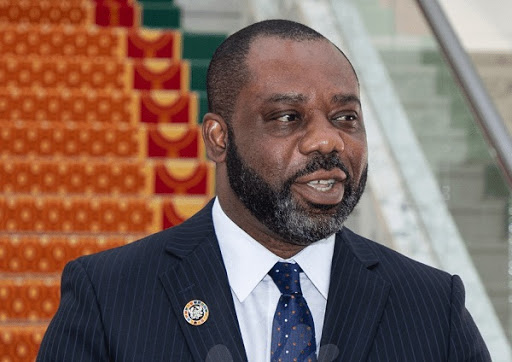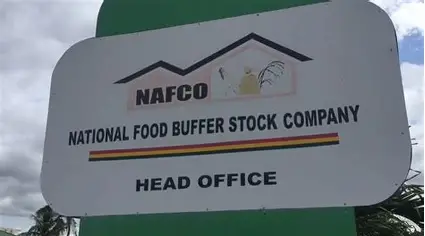The government’s estimated crude oil production rise beyond 196, 089 barrels per day to 500,000 barrels per day by 2024 is likely to delay given the series of setbacks that are confronting the country’s upstream sector.
In 2019, the government projected the country’s oil production to reach as high as half a million barrels per day in the next five years upon the basis of a significant oil find by Aker Energy ASA in Ghana’s offshore resource base- Deep Water Tano Cape Three Points block (DWT/CT).
Two years afterwards, the country’s upstream portfolio is still unable to go beyond the existing target of 200,000 barrels per day, with its three oil fields combined (Jubilee field, the TEN field, and the Sankofa field).
Meanwhile, 2020 was a ‘dormant year’ for Ghana’s upstream sector as investments into hydrocarbons were stalled beginning in the first quarter of 2020, oil production also declined as oil prices collapsed during the period owing to the impact of the coronavirus pandemic.
Disturbances in the Petroleum Sector
Fast forward to 2021, Exxon Mobil, an oil major exited the country’s upstream petroleum sector relinquishing 100 per cent of its stake in the Deep Water Cape Three Points block. Also, the ENI-Springfield unitization impasse still hangs unresolved, although the course of the law has been resorted to and is taking action for a resolution.
Ultimately, these disturbances do not augur well for attracting investments into the upstream sector, even at a time when investors are looking to drive investments away from hydrocarbons into renewable energies.

Dr. Yusif Sulemana, an Energy Consultant and a Senior Oil Production Operations Specialist with Petroleum Development Oman commented:
“…it is true that we have seen quite a number of setbacks within our upstream portfolio as the fact that, whilst we should have been thinking about increasing our production basket to catapult the nation Ghana to go beyond the 200,000 barrels per day production target, as at now with all our three fields combined we are still not doing even up to 200,000 barrels per day production.
“…ENI & Springfield development is not a healthy one, Exxon Mobil exit is also not a healthy one. These were two incidents that happened which I believe were not good for our upstream portfolio. Because, if we don’t have more players coming in and we don’t increase our portfolio, we are not able to get our production beyond the 200,000 barrels per day production mark.”
Dr Yusif Sulemana, an Energy Consultant and a Senior Oil Production Operations Specialist, Petroleum Development Oman
Government’s action to keep oil production on track
More to the point, Aker Energy ASA, after years of its development of the Deep Water Tano Cape Three Points block is in talks with the government to reduce the development cost of the Pecan oil field. The government is therefore seeking approval from parliament for an amount of US$350 million to cover the capital expenditure involved.
Meanwhile, following the exit of Exxon Mobil and other global changes in the oil and gas sector, the government has hinted it will dive into the upstream sector by itself. As such, the government has indicated it will need as much as US$1.3 billion to buy a 37% stake in the Deep Water Tano/Cape Three Points asset operated by Aker Energy ASA and 70% stake of the South Deep Water Tano field operated by AGM Petroleum Ghana Ltd.
Considering these developments, however, circumstances have really changed from the previously estimated 500,000 barrels per day of oil production. It is worthy to note that, the decision to allow GNPC through its subsidiary Explorco raise funds for the acquisition of petroleum assets for exploration and development will ensure progress in achieving this production target, albeit it may be delayed.
READ ALSO: Private Sector growth slows down as inflationary pressures rise in July 2021



















